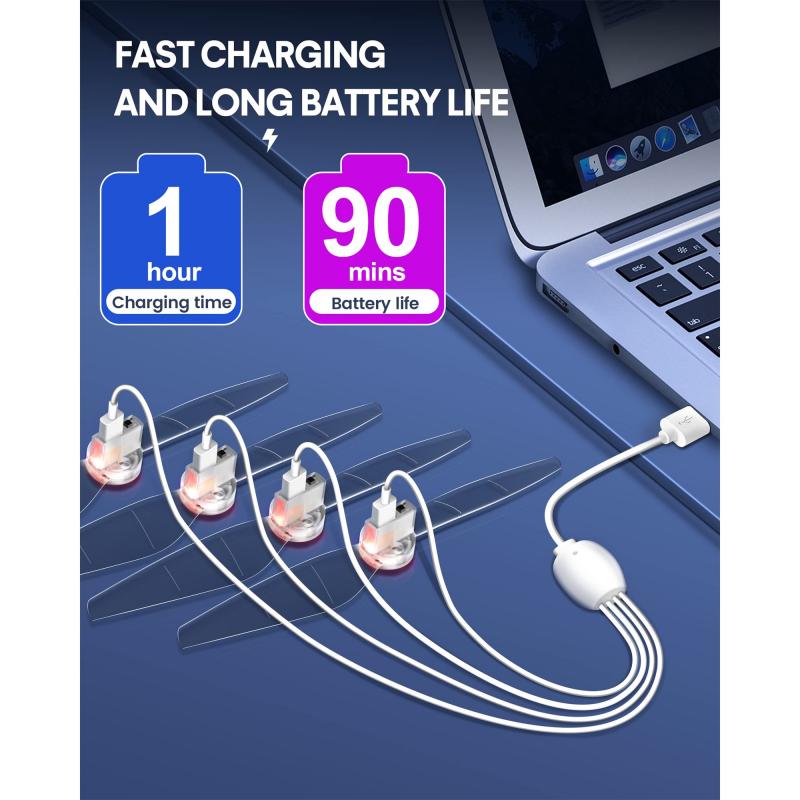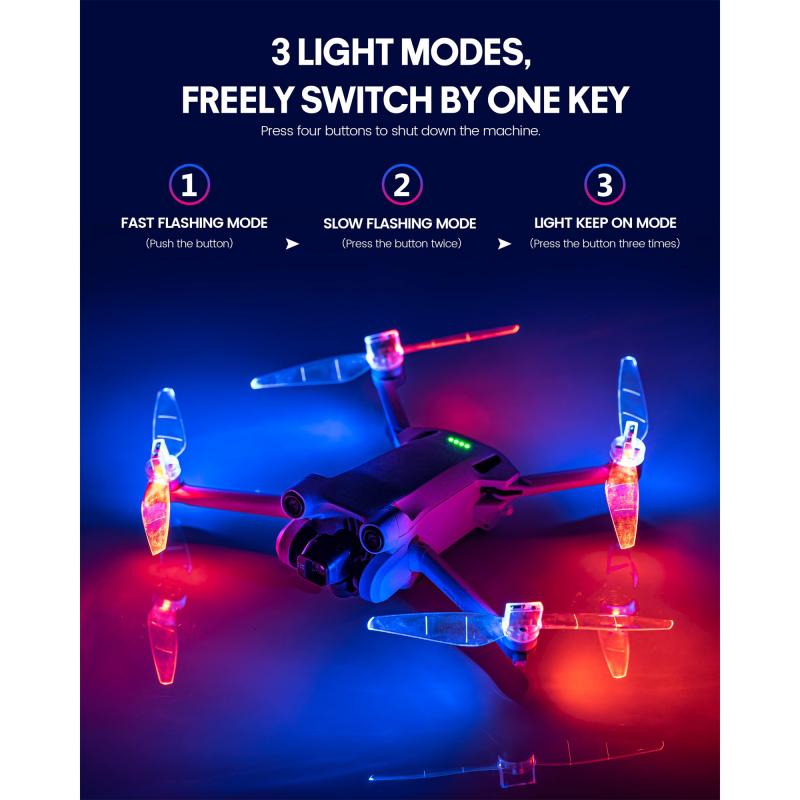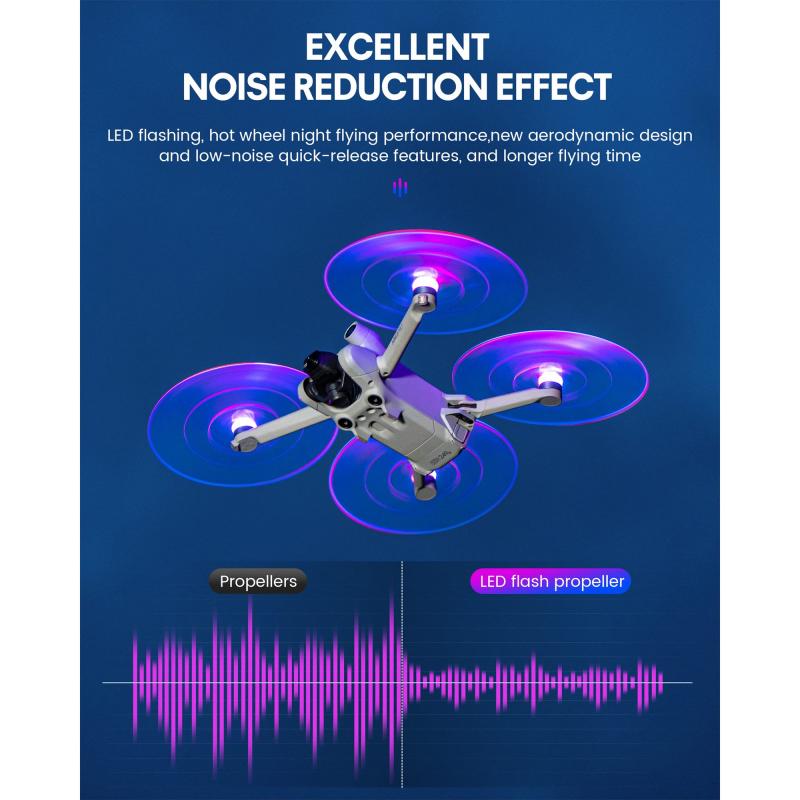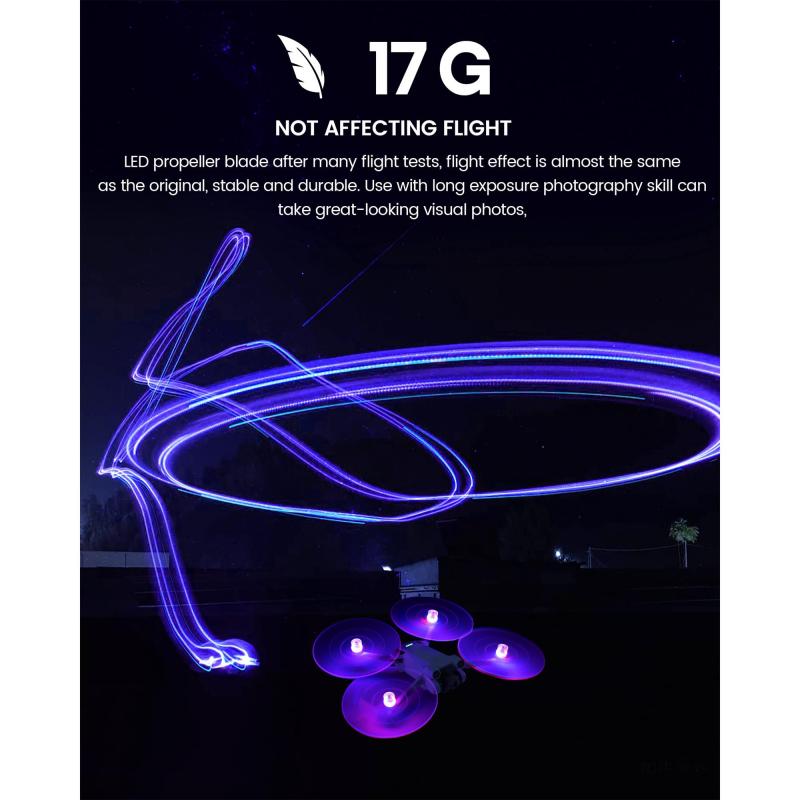How To Spot A Drone At Night?
Spotting a drone at night can be a challenging task due to the limited visibility and the small size of most drones. However, with the right techniques and tools, it is possible to detect these flying devices even in the dark. In this article, we will explore various methods and strategies to help you identify drones at night, ensuring your privacy and security.
Understanding Drone Characteristics

Before diving into the methods of spotting drones at night, it is essential to understand some basic characteristics of drones:
1. Lights: Most drones are equipped with LED lights for navigation and visibility. These lights can be red, green, or white and are often used to indicate the drone's orientation.
2. Sound: Drones produce a distinct buzzing or humming noise due to their propellers. This sound can be a crucial indicator of a drone's presence.
3. Size and Shape: Drones come in various sizes and shapes, but most consumer drones are relatively small and have a quadcopter design with four propellers.
Methods to Spot a Drone at Night

1. Visual Detection

LED Lights: One of the most straightforward ways to spot a drone at night is by looking for its LED lights. These lights are usually visible from a distance and can help you identify the drone's location and movement. Pay attention to any unusual lights in the sky that do not resemble stars or aircraft.
Infrared Cameras: Infrared (IR) cameras can detect the heat signatures of drones. These cameras are particularly useful in low-light conditions and can help you spot drones that are not easily visible to the naked eye. IR cameras are commonly used by security professionals and can be a valuable tool for detecting drones at night.
2. Auditory Detection

Listening for Buzzing Sounds: Drones produce a distinct buzzing or humming noise due to their propellers. At night, when ambient noise levels are lower, it can be easier to hear these sounds. If you suspect a drone is nearby, try to find a quiet location and listen carefully for any unusual buzzing noises.
Sound Detection Devices: There are specialized devices designed to detect the sound frequencies produced by drones. These devices can help you pinpoint the location of a drone based on the noise it generates. While not commonly available to the general public, they can be a valuable tool for security professionals.
3. Technological Aids
Radar Systems: Radar systems can detect the presence of drones by bouncing radio waves off them and analyzing the returned signals. These systems are highly effective but can be expensive and are typically used by military and law enforcement agencies.
RF (Radio Frequency) Detectors: Drones communicate with their controllers using radio frequencies. RF detectors can pick up these signals and help you locate the drone. These devices are more accessible to the general public and can be a practical solution for detecting drones at night.
Mobile Apps: There are several mobile apps available that can help you detect drones. These apps use your smartphone's sensors to identify unusual activity in the sky. While not as reliable as dedicated detection devices, they can be a helpful tool for spotting drones.
Practical Tips for Spotting Drones at Night
1. Use Binoculars or a Telescope
Using binoculars or a telescope can enhance your ability to spot drones at night. These tools can help you see the drone's lights and movement more clearly, especially if it is flying at a higher altitude.
2. Create a Drone Detection Zone
If you are particularly concerned about drones in a specific area, consider setting up a drone detection zone. This can involve using multiple detection methods, such as visual observation, sound detection, and technological aids, to monitor the area continuously.
3. Stay Informed About Drone Regulations
Understanding local drone regulations can help you identify whether a drone is operating legally or not. In many areas, drones are required to have lights on at night and must follow specific flight paths. Being aware of these regulations can help you determine if a drone is flying in restricted airspace.
4. Report Suspicious Activity
If you spot a drone at night and believe it is being used for malicious purposes, report it to the authorities. Provide as much information as possible, including the drone's location, appearance, and any identifying features. This can help law enforcement take appropriate action.
Spotting a drone at night requires a combination of visual, auditory, and technological methods. By understanding the characteristics of drones and using the right tools, you can effectively detect these devices even in low-light conditions. Whether you are concerned about privacy, security, or simply curious about the presence of drones in your area, the strategies outlined in this article can help you stay informed and vigilant.
Remember, while detecting drones at night can be challenging, it is not impossible. With practice and the right approach, you can become proficient at identifying these flying devices and ensuring your safety and privacy.

There are no comments for this blog.